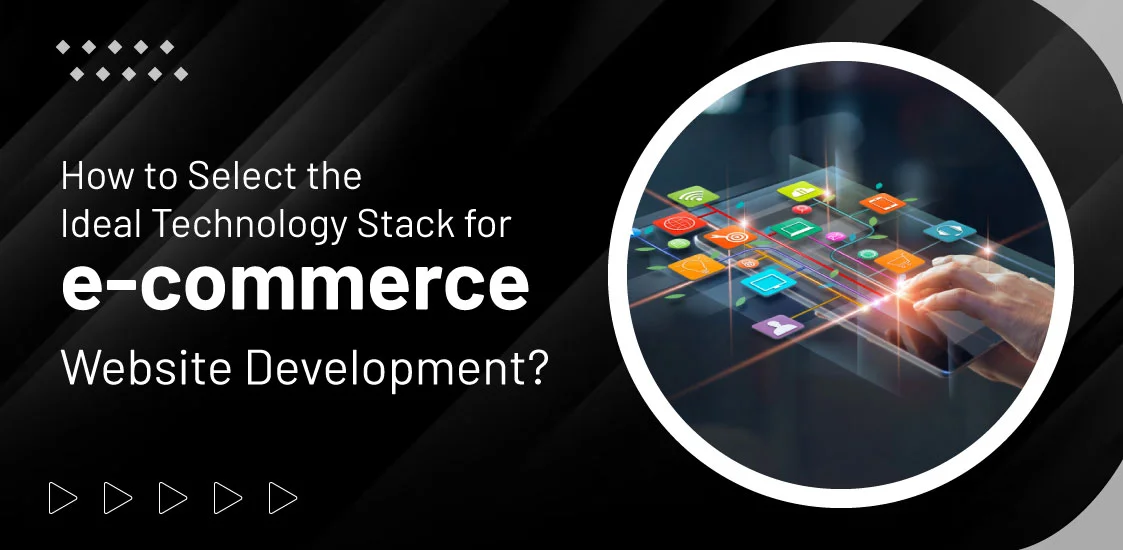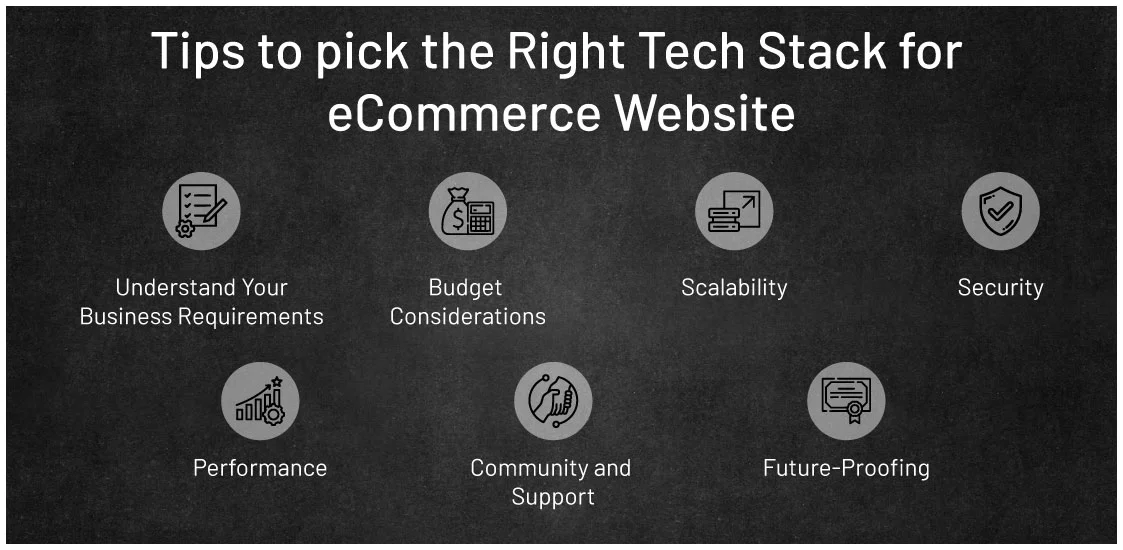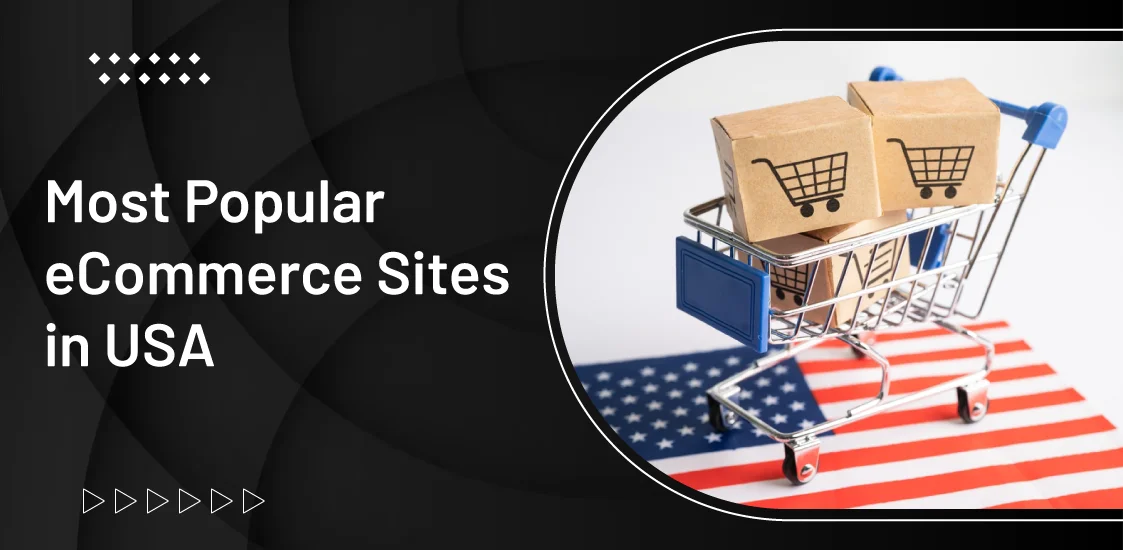
While eCommerce Website Development, selecting the right technology stack is crucial for your store’s success. The term “technology stack” might sound complex, but it simply refers to the combination of programming languages, tools, and frameworks used to build your site. Choosing the ideal stack can greatly influence your website’s performance, security, scalability, and overall user experience.
With so many options available, it can be challenging to decide which technologies best suit your business. Factors such as budget, business size, and future growth potential should be considered before making a decision.
In this blog, we’ll explore the key aspects to look for when selecting a technology stack for your eCommerce website, helping you make an informed choice to support your business’s growth.
What is a Tech Stack?
A tech stack, short for technology stack, is a collection of software tools, programming languages, and frameworks used to build and run a website or application. It has two basic components: the front-end (client-side) and the back-end (server-side).
The front-end handles everything users see and interact with, such as the design and layout, while the back-end manages the behind-the-scenes operations like databases, servers, and business logic.
Best Tech Stack Options for eCommerce Website Development
The technology stack for eCommerce website development includes a combination of front-end and back-end technologies, databases, and other tools that work together to create a functional and efficient online store. Here are some popular and effective tech stack options:
Front-End Technologies:
HTML, CSS, JavaScript: The foundational technologies for building the user interface.
React.js: A popular JavaScript library for building dynamic and responsive user interfaces.
Vue.js: Another JavaScript framework is known for its simplicity and flexibility.
Back-End Technologies:
Node.js: A JavaScript runtime that allows you to create scalable server-side applications.
Ruby on Rails: A robust framework for building web applications quickly and efficiently.
Django: A high-level Python framework for speedy development and clean, practical design.
Databases:
MySQL: A widely-used relational database management system.
MongoDB: A NoSQL database renowned for its scalability and versatility.
PostgreSQL: An advanced, open-source relational database with a solid reputation for consistency.
Hosting and Deployment:
AWS (Amazon Web Services): Offers a wide range of cloud services for hosting and scaling your eCommerce site.
Heroku: A platform-as-a-service (PaaS) that enables easy deployment and scaling of applications.
Netlify: A popular choice for deploying static websites and front-end applications.
Payment Gateways:
Stripe: A comprehensive payment processing platform with robust API support.
PayPal: A widely-recognized and trusted payment gateway.
Square: An easy-to-use payment processing solution for online and offline transactions.
Additional Tools:
Shopify: A complete eCommerce platform that provides everything you need to start, run, and grow an online store.
Magento: An open-source eCommerce platform with a wide range of features and customization options.
WooCommerce: A WordPress plugin that turns your website into a fully functional eCommerce store.
Tips to pick the Right Tech Stack for eCommerce Website
Selecting the ideal tech stack for eCommerce Website Development involves considering various factors such as your business needs, budget, and future growth plans. The right combination of technologies can enhance your site’s performance, security, and user experience. Whether you’re opting for Magento Ecommerce Development Services or other platforms, these tips will guide you in making the best choice for your business.
Understand Your Business Requirements:
Identify the specific features and functionalities your eCommerce site needs. Consider the size of your product catalog, expected traffic, and any unique business processes. This helps in choosing technologies that align with your business goals and customer expectations.
Budget Considerations:
Determine your budget for development, maintenance, and scaling. Balancing cost with the quality and capabilities of the technologies you choose ensures you get the best value without compromising on essential features.
Scalability:
Choose technologies that can grow with your business. Ensure the tech stack can handle increased traffic and transactions during peak times. Scalability is key to maintaining performance and user experience as your business expands.
Security:
Prioritize security features to protect customer data and transactions. Look for technologies with robust security protocols and regular updates. A secure tech stack builds trust with your customers and safeguards your business.
Performance:
Opt for technologies known for their speed and efficiency. Consider using content delivery networks (CDNs) and caching mechanisms to improve load times. High performance ensures a smooth shopping experience and reduces bounce rates.
Community and Support:
Choose technologies with active communities and strong support networks. This ensures you can find help and resources when needed, reducing downtime and facilitating smoother development processes.
Future-Proofing:
Stay up to date on the newest eCommerce trends and advances in technology. Select a tech stack that can adapt to future changes and innovations. Future-proofing your tech stack ensures long-term viability and competitiveness.
Conclusion
Selecting the ideal technology stack for your eCommerce Website Development is like choosing the right foundation for a building—it’s crucial for long-term success. With the right tech stack, your website will be more efficient, scalable, and secure, providing a better experience for both you and your customers.
As you evaluate your options, consider consulting with a specialized Shopify Development Agency to get expert advice tailored to your needs. Their expertise can help you navigate the complexities and choose a stack that aligns perfectly with your business goals.
By making an informed choice, you’ll set the stage for a robust and successful eCommerce platform.














